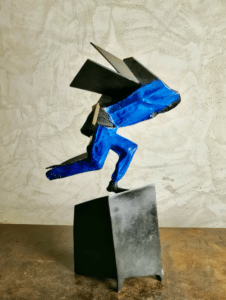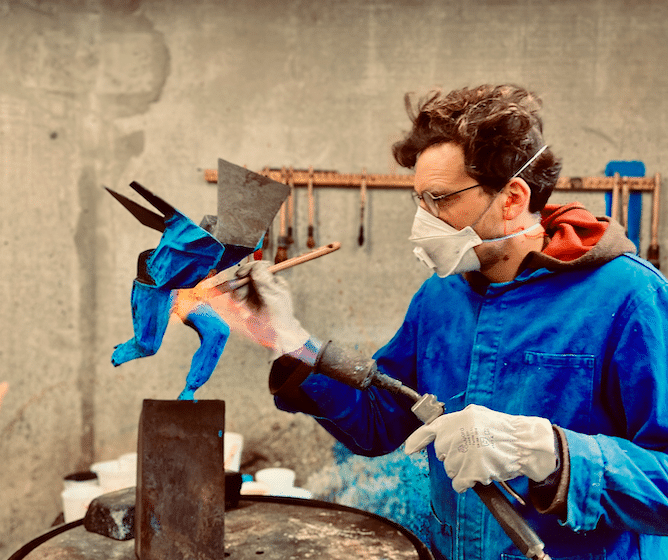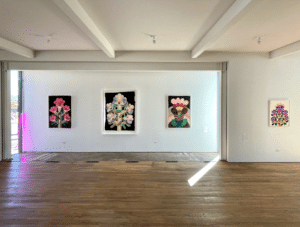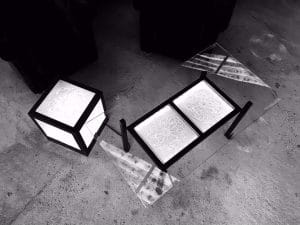Do you own a bronze sculpture, but do you really know how it is made?
After spending a whole day at the foundry with the sculptor Julien Allegre, I thought it would be a great idea to share with you the different manufacturing stages that I have observed.
As a reminder, the manufacture of a bronze sculpture has 5 main stages:
-
Step 1: modeling the wax
-
Step 2: molding the wax
-
Step 3: Pouring
-
Step 4: Polishing
-
Step 5: The patina
So that you understand better. After having modeled an object in wax (modeling), we cover it with a clay-based mixture (molding of wax), we bake it in an oven, which melts the wax, then we pour the alloy bronze (pouring). It only remains to break the lost terracotta mold to see the object appear.
Subsequently, the sculpture is polished and patinated with oxides and acids.
During the day I spent at the foundry, I had the chance to participate in many stages. So it’s with pleasure that I share them with you.
To begin with, here is a video of a cast that I was fortunate enough to witness early in the morning.
Bronze is brought to 1100 degrees in a melting furnace. Subsequently the metal is transferred to a crucible which will be used to fill the pot mold. This will allow the sculpture’s footprint to be filled with bronze.
After several hours of cooling the mold will be broken to reveal a sculpture in the rough.

The artist will therefore take the next step: polishing.
Here are some photos of Julien Allegre that I was able to take during this day at the foundry.
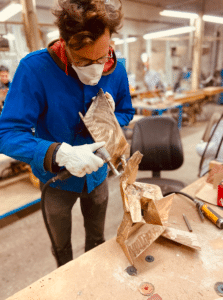
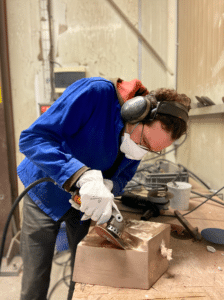
At this stage, the artist comes to punch at the base of the piece the sculpture’s serial number, the artist’s name and the seal of the founder to identify the work.
You should know that a series of bronze sculptures includes eight works to which are added four so-called “artist” proofs. In these 12 cases the piece is considered a unique creation.

There remains the final stage: the patina.
It is most often done hot using a blowtorch.
Different products are thus applied with a brush (large or fine).
The composition, dosage and method of application of the various products (oxides, acids, etc.) make it possible to obtain a wide range of different patinas with very varied aspects.
Besides, you will notice that there will always be a small difference between each sculpture in the same series of 12 copies.
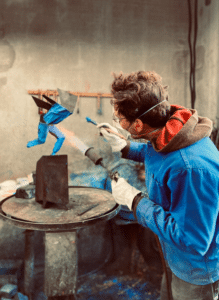

Here is the finalized sculpture that you can find in my catalog.
